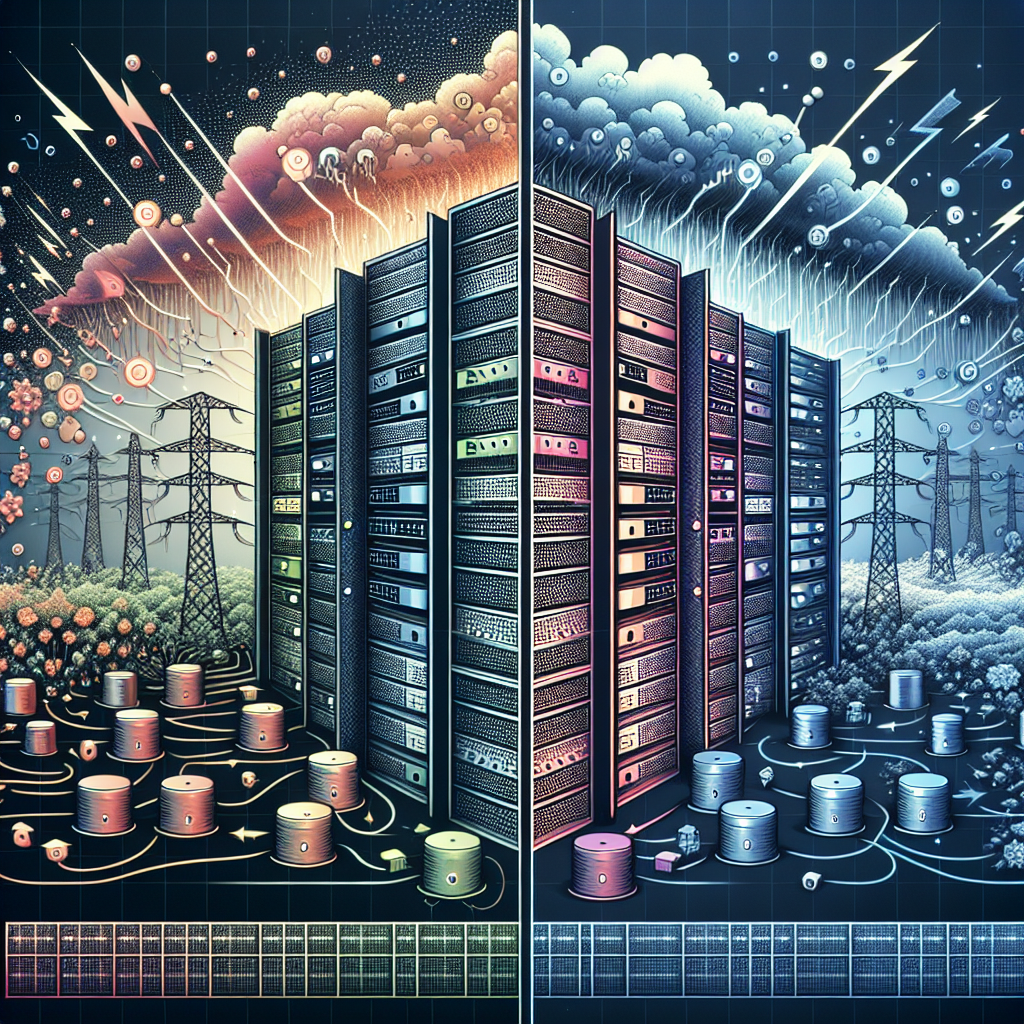Your cart is currently empty!
Ensuring Resilience: Power Distribution Strategies for Data Center Disaster Recovery

Data centers play a critical role in today’s digital economy, serving as the backbone for storing and processing vast amounts of data. With the increasing reliance on data centers for business operations, it is essential to have robust disaster recovery strategies in place to ensure business continuity in the face of unforeseen events.
One of the key aspects of disaster recovery planning for data centers is ensuring the resilience of power distribution systems. Power outages can be a major threat to data center operations, leading to downtime, data loss, and financial losses. Therefore, it is crucial to implement strategies that can mitigate the impact of power disruptions and enable quick recovery.
Here are some power distribution strategies that can help enhance the resilience of data centers for disaster recovery:
1. Redundant power sources: Data centers should have redundant power sources in place to ensure continuous power supply in the event of a primary power source failure. This can include backup generators, uninterruptible power supply (UPS) systems, and dual power feeds from different utility providers. Redundant power sources can help minimize downtime and ensure uninterrupted operations during a power outage.
2. Load shedding and prioritization: In the event of a power outage, data center operators can implement load shedding strategies to prioritize critical systems and applications. By prioritizing power distribution to essential equipment, data centers can ensure that key operations continue to run smoothly, even during a power disruption.
3. Remote monitoring and management: Remote monitoring and management tools can help data center operators keep track of power distribution systems and respond quickly to any issues that may arise. By monitoring power usage, temperature, and other critical metrics, operators can proactively identify potential problems and take corrective actions to prevent downtime.
4. Regular maintenance and testing: Regular maintenance and testing of power distribution systems are essential to ensure their reliability and performance during a disaster. Data center operators should conduct routine inspections, testing, and maintenance of power distribution equipment to identify any potential issues and address them before they escalate into a major problem.
5. Scalable power infrastructure: Data centers should have scalable power infrastructure that can accommodate future growth and changes in power demand. By designing power distribution systems with scalability in mind, data center operators can easily expand their capacity and adapt to evolving business needs without compromising resilience.
In conclusion, ensuring the resilience of power distribution systems is crucial for data center disaster recovery. By implementing redundant power sources, load shedding strategies, remote monitoring tools, regular maintenance, and scalable infrastructure, data center operators can enhance the reliability and performance of their power distribution systems and minimize the impact of power disruptions on business operations. Investing in robust power distribution strategies can help data centers maintain business continuity and protect against potential disasters.

Leave a Reply